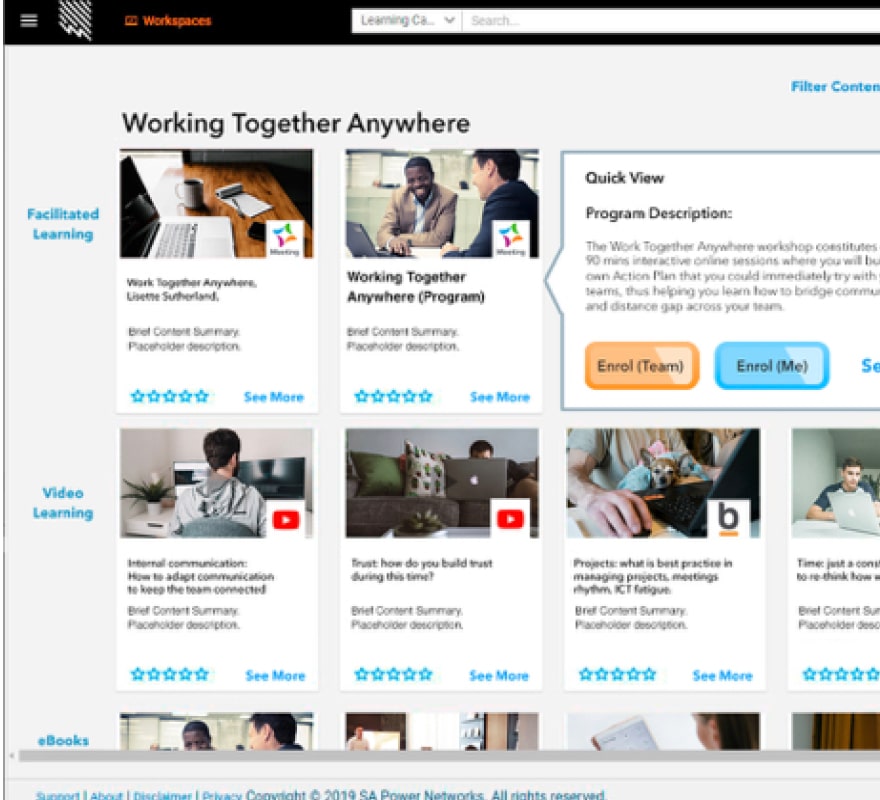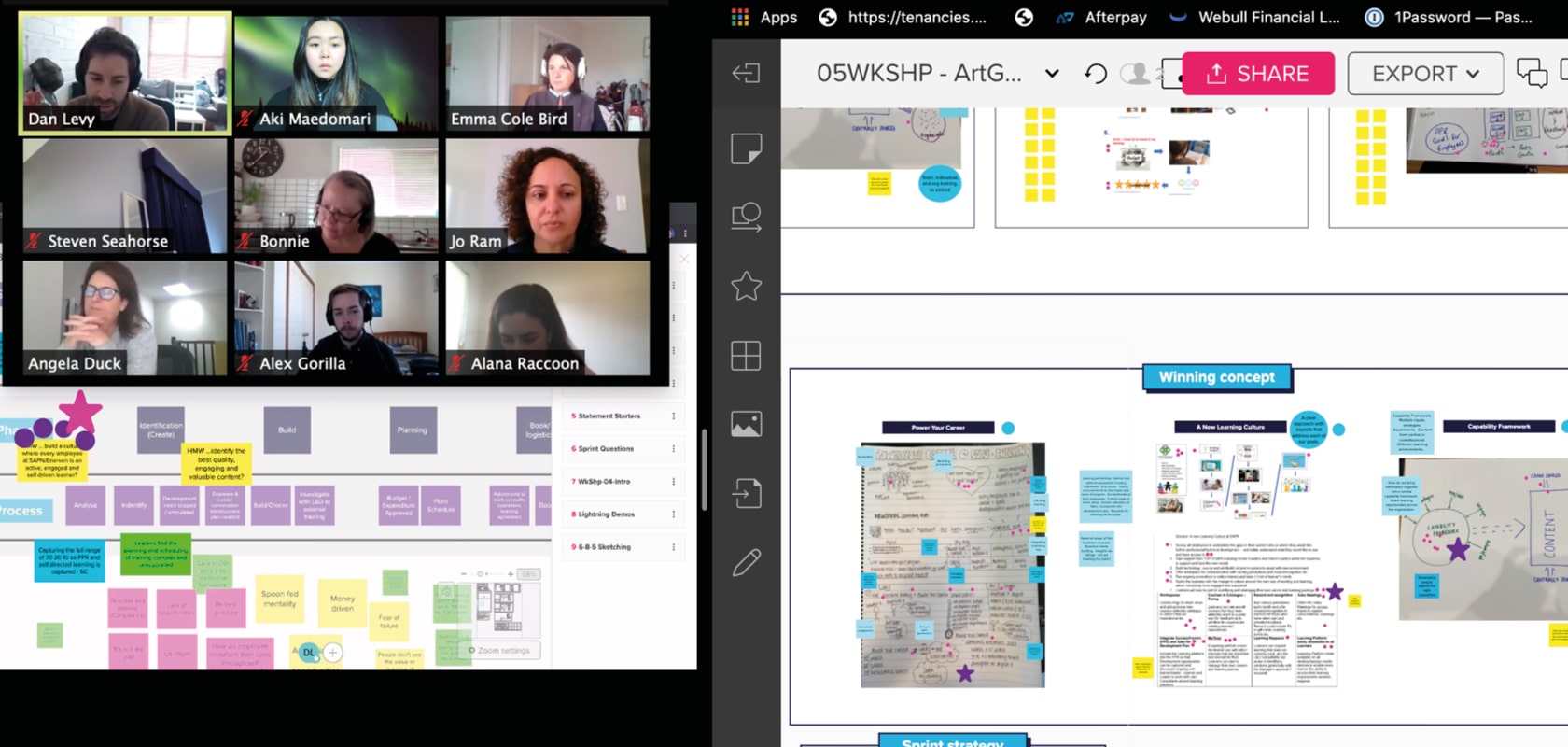
Key points
- SA Power Network (SAPN) recognised the need to create a more adaptive learning framework that better supports learners across the organisation.
- The Design Sprint program was used as a catalyst to kickstart this initiative to reveal areas of opportunity and more importantly, how and where to start.
- As a result of the Design Sprint program, the initiative has backing at all levels across the organisation, as well as an initial roadmap on how to realise the strategy.
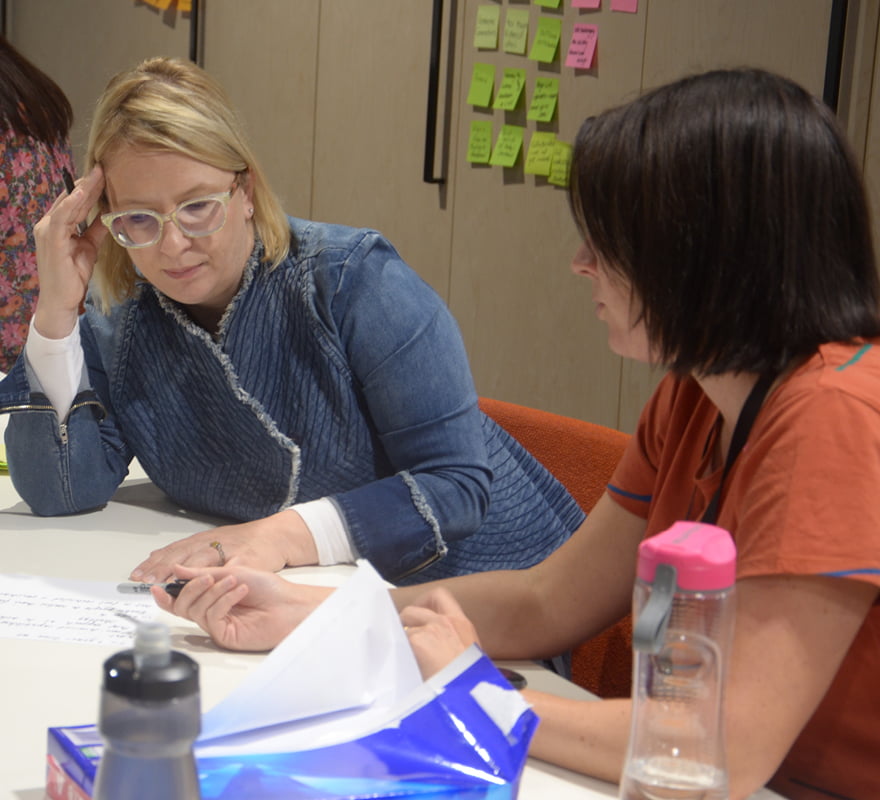
Their brief to us
SAPN anticipates their learning framework will need to evolve over the next three-years to encompass a range of learning environments, eg. technology platforms, the workplace and external. SAPN’s vision is to provide a more adaptive learning and development (L&D) framework that suits the different learning environments and needs of learners throughout the organisation. Our challenge was to help the team validate this need with stakeholders and then define a starting point to make this shift, both in the literal sense of program delivery, and mindset of the workforce.
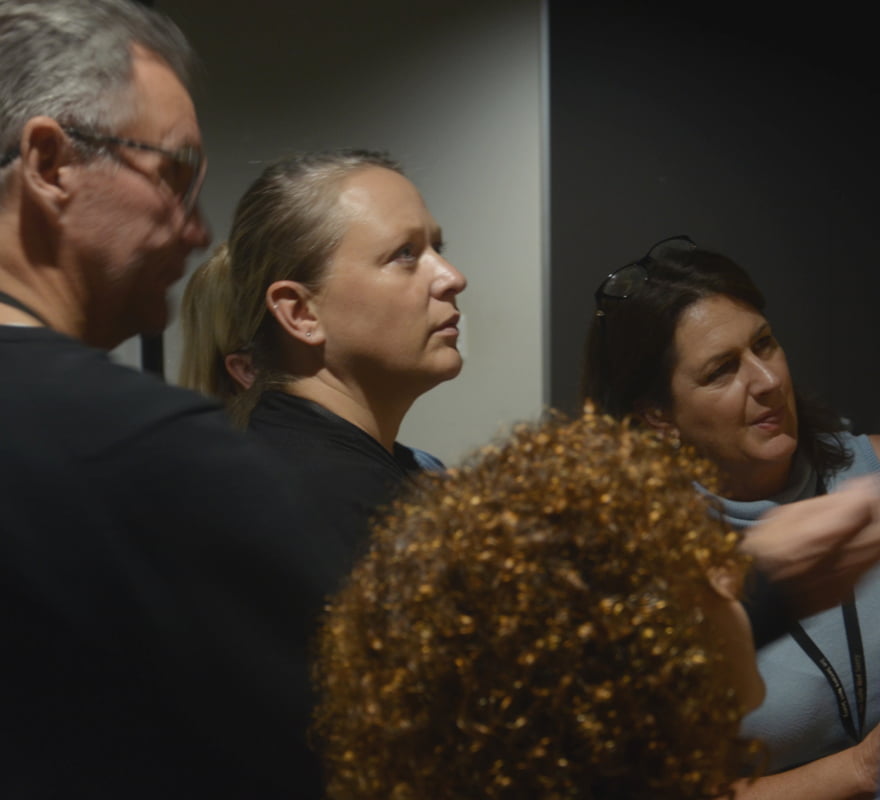
What we did
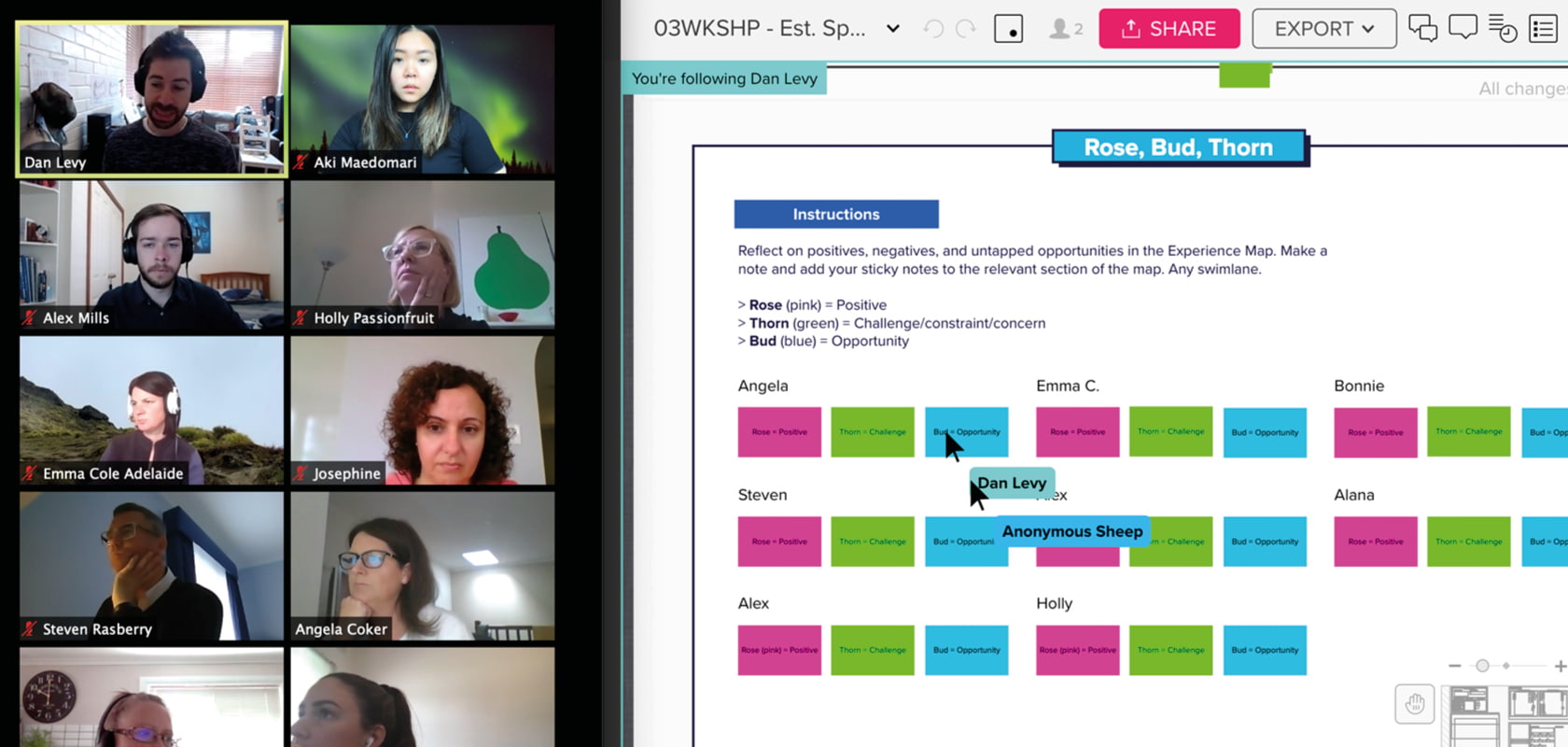
Initially, Problem Framing was conducted in person. Due to circumstances out of our control, we switched to conduct a remote Design Sprint. A Remote Design Sprint has a completely different rhythm to its in-person counterpart. Workshops sessions are shorter and the program is spread over three-weeks; the objective of the first week is to prepare assets; the second consists of design and strategy sessions to align, ideate and plan a prototype; the third, to build and test a prototype.
This Switch was seen as a great opportunity to test and be advocates for a new way of working we were striving toward. This was highly successful as the group quickly climatised and were able to accomplish everything we’d set out to do.
The group came into the program expecting to solve a platform and system problem, eg. user interface and/or structuring content. However, it was soon revealed that the group had to shift their focus as the biggest opportunity for change was revealed to be at the beginning of the experience, with leadership.
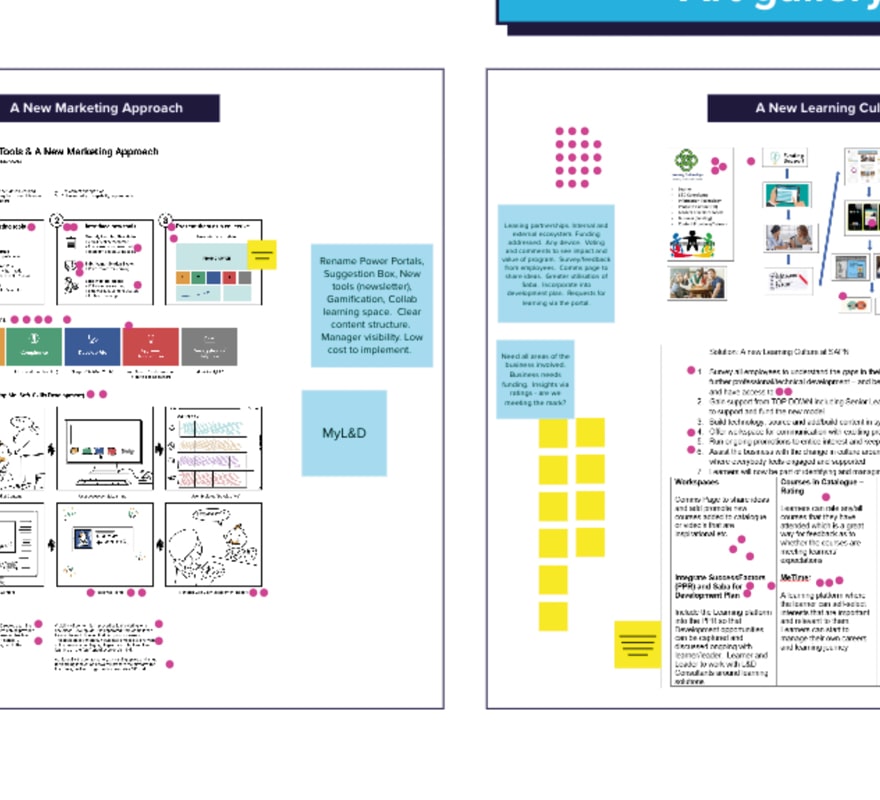
The Result
By the end of the 3 weeks, the group had the buy-in from the senior level to proceed with the new L&D initiative. This was a result of building and testing a functional prototype that demonstrated the vision. The prototype was designed to learn whether the desired shift in strategy would be supported by the organisation.
The next stage for the team is to follow the action plan created at the end of the program. The action plan was detailed with an initial 28-day milestone to maintain momentum with assigned project leads and nominated support teams. Beyond this, insights were reframed as tasks and added to project initiatives in three horizons; 0-3 months, 3-6 months, and 6-12 months. These would be integrated into the SA Power Networks future Agile Sprint planning.
